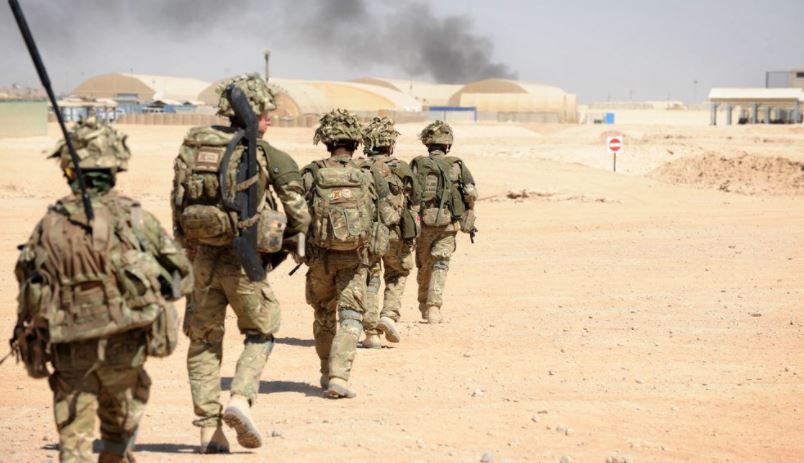

In this system, Congress decides whether to fight, and the president as commander in chief manages the fight authorized by Congress. military and gives that office the authority to lead American military forces and prosecute armed conflicts. Article II of the Constitution establishes the president as commander in chief of the U.S. Article I of the Constitution invests Congress with the authority to declare war and to raise and maintain military forces. The Constitution divides the power to declare war and the power to conduct war between the legislative and executive branches. The president’s legal authority for military action ground combat troops, and include both a geographic limitation and a resolution clause based on agreed criteria for ending the military phase of the fight against ISIS. This new authorization should be exclusively directed at ISIS, prohibit the large-scale deployment of U.S. Regardless of the merits of the various legal claims, the best path forward is for President Obama and Congress to work together on a new authorization for the campaign against ISIS. But in practice, it has afforded the president greater latitude to use military force at the outset of a conflict. The War Powers Resolution was an attempt to restore the original constitutional balance on war powers between the legislative and executive branches. Congressional authorizations for the use of military force allow the president to lead a military campaign consistent with the scope defined by Congress.

As commander in chief, the president derives authority to use military force in certain circumstances from Article II of the Constitution. There are multiple potential sources of authority in U.S. While the Obama administration has asserted that it has sufficient legal authority for this mission, many legal scholars and some elected officials on both sides of the aisle disagree. and coalition air forces began striking ISIS targets in Syria this week, expanding U.S. Since President Barack Obama laid out his strategy to degrade and ultimately defeat the Islamic State of Iraq and al-Sham, or ISIS, the debate has turned to whether he has sufficient legal authority to carry out that strategy or whether he needs a new congressional authorization for this mission.


 0 kommentar(er)
0 kommentar(er)
